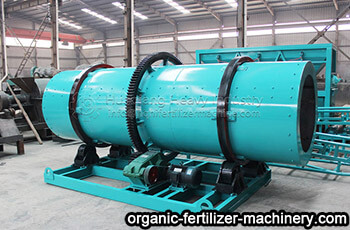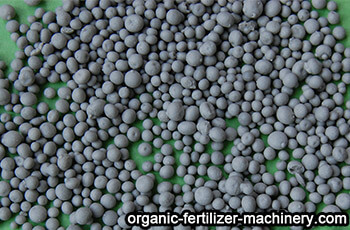Advantages of monosodium glutamate waste liquid organic and inorganic fertilizer process:
The role of organic fertilizer in improving soil structure, enhancing soil fertility, improving soil biological activity, stimulating crop growth and improving crop quality has been gradually recognized by people. Making full use of monosodium glutamate waste liquid to produce organic and inorganic fertilizer can not only turn waste into treasure, reduce production cost, but also help to prevent pollution and protect ecological environment. The transformation of various wastes into treasures and comprehensive utilization of resources are the concrete embodiment of implementing the scientific development concept and realizing circular economy. The waste liquid from monosodium glutamate production is the high-quality raw material for organic fertilizer processing.
Main components of monosodium glutamate waste liquid
In the production of 1 ton monosodium glutamate, about 20 tons of high concentration organic waste liquid should be discharged, including N13% ~ 16%, K2O 2% ~ 5%, and most of the rest are organic matter, which contains 4.5% ~ 5.0% of various amino acids.
1. The waste liquor of monosodium glutamate is put into the waste liquor storage tank after sedimentation and concentration, and the organic waste liquor is heated to the evaporation temperature through the heat provided by the steam boiler.
2. It is pressurized by the slurry pump and sprayed to the material curtain in the granulator through the atomizing spray gun. At the same time, some qualified raw materials such as urea, monoamine phosphate, potassium chloride and filler are transported to relevant weighing equipment.
3. The material is delivered to the organic fertilizer granulator, fully contacted with the organic matter drop from the waste liquid storage tank, and saturated steam is introduced at the same time. The organic matter drop forms a rolling material bed by virtue of the friction generated by the rotation of the granulator. The extrusion pressure generated by the rolling and the cohesive force provided by the organic matter drop make the material agglomerate into a ball.
4. Transfer to the rotary drum dryer for heat exchange with heat from the hot air furnace; to prevent the high temperature carbonization from causing the organic matter content to decrease, the temperature during drying must be controlled at 200~230 °C.
5. Transfer to the hot screening to sort the particles, the small particles directly return to the organic fertilizer granulator, as the core continues to participate in the cohesion of the particles into balls.
6. The screened semi-finished granules are transported to a rotary chiller to cool the fertilizer by natural cold air or strong cooling air. The large particles are pulverized by a pulverizer and returned to the granulator to continue to participate in the ball formation.
8. Transfer to the fully automatic packaging scale for weighing, packaging and storage.
9. Drying, cooling and workshop dust are discharged after being treated by cyclone dust collector, labyrinth dust chamber and wet scrubbing.

